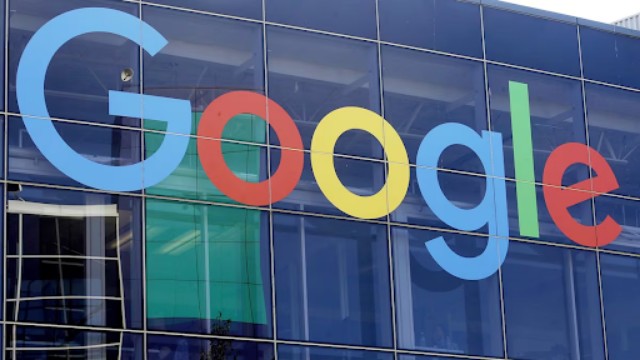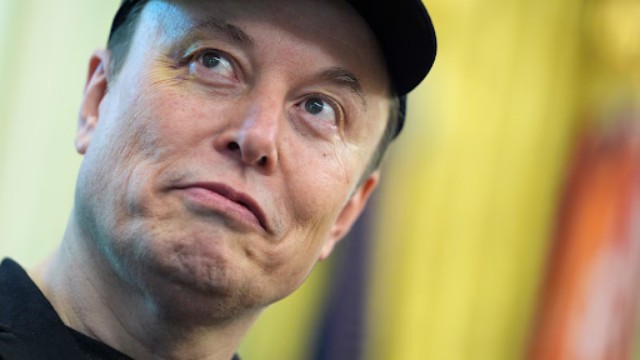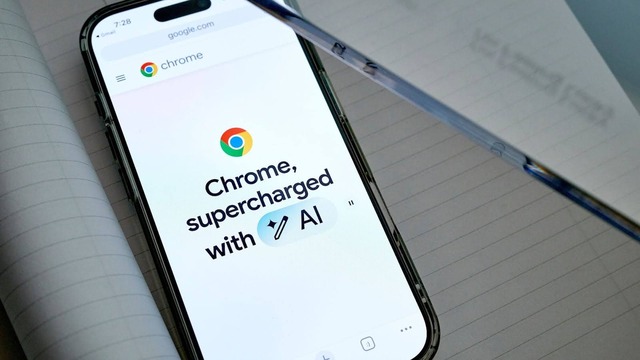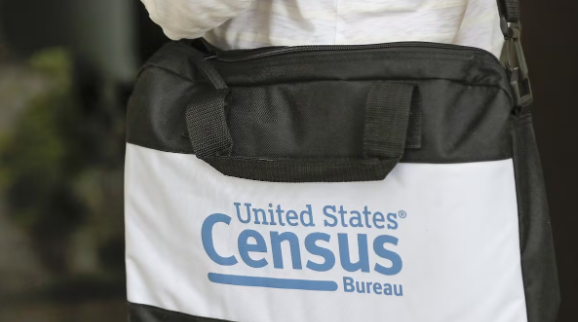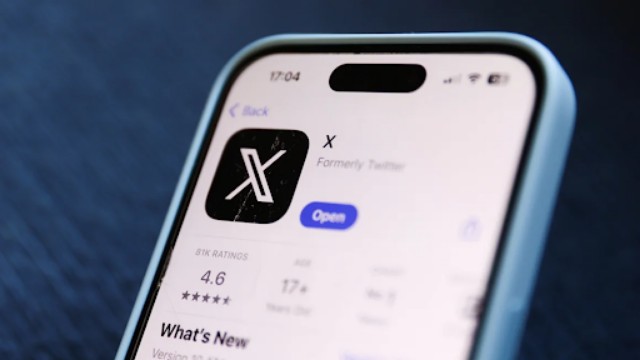
A photo taken in Poland on June 29, 2024, shows the X app listed on the App Store. The image was captured by Jakub Porzycki and is credited to NurPhoto via Getty Images.
When Elon Musk purchased Twitter in October 2022 for $44 billion, many saw it as a costly mistake. He immediately made drastic changes, leading to turmoil within the company and a sharp decline in advertising revenue. However, nearly two and a half years later, Musk seems close to an unexpected comeback—X, as it is now called, might once again be worth what he originally paid.
According to Bloomberg, X is in discussions to raise funds at a valuation of $44 billion. While these talks could still collapse, the timing aligns with a surprising shift in the platform’s fortunes. Major advertisers like Apple and Amazon, which had previously distanced themselves from X due to concerns over hate speech, have begun reinvesting. This renewed interest signals growing confidence in the company’s future.
Adding to X’s resurgence, investors who had taken a hit on their X-related debt recently sold their holdings at nearly full value. The company’s reported stake in Musk’s AI venture, xAI—currently seeking a $75 billion valuation—has also strengthened its financial standing.
Musk’s Influence on X’s Revival
A key reason behind X’s unexpected rebound is none other than Musk himself. His influence within the federal government, particularly under President Donald Trump, has positioned X as a central hub for political discourse. With Trump back in office, the platform has become a crucial space for following and engaging with the administration’s activities.
Investors appear to be betting on Musk’s leadership rather than the business itself—similar to how Trump Media & Technology Group, despite generating only $3.6 million in revenue last year, boasts a market valuation exceeding $6 billion. Analysts suggest that Trump’s reelection has doubled X’s worth, reinforcing the company’s relevance in the digital landscape.
A Drastic Overhaul Since Musk’s Takeover
X’s resurgence is even more striking given its rocky past. After Musk’s acquisition, he fired 80% of the workforce, reinstated controversial accounts, revamped the verification system, and removed protections for transgender users. His blunt approach to advertisers who pulled their funding—famously telling Disney’s CEO to “go f**k yourself”—further alienated brands.
Despite these challenges, X has shown resilience. It recently partnered with Visa to develop a digital wallet, moving closer to Musk’s vision of transforming it into an “everything app” for social media, e-commerce, and payments. However, ongoing technical glitches and user trust issues still pose significant hurdles.
Can X Maintain Its Momentum?
While X has attracted advertisers back, their long-term commitment remains uncertain. Many brands may be looking to align with Trump’s administration rather than making a permanent return to the platform. Additionally, the social media landscape is now more competitive than ever, with newer platforms offering viable alternatives.
Musk’s cost-cutting measures have likely boosted X’s financial health, but since the company is now privately owned, its exact performance remains unclear. Despite its recent gains, X is still seen as a high-risk investment. Whether Musk’s aggressive strategies will ensure lasting success or prove unsustainable in the long run remains to be seen.


